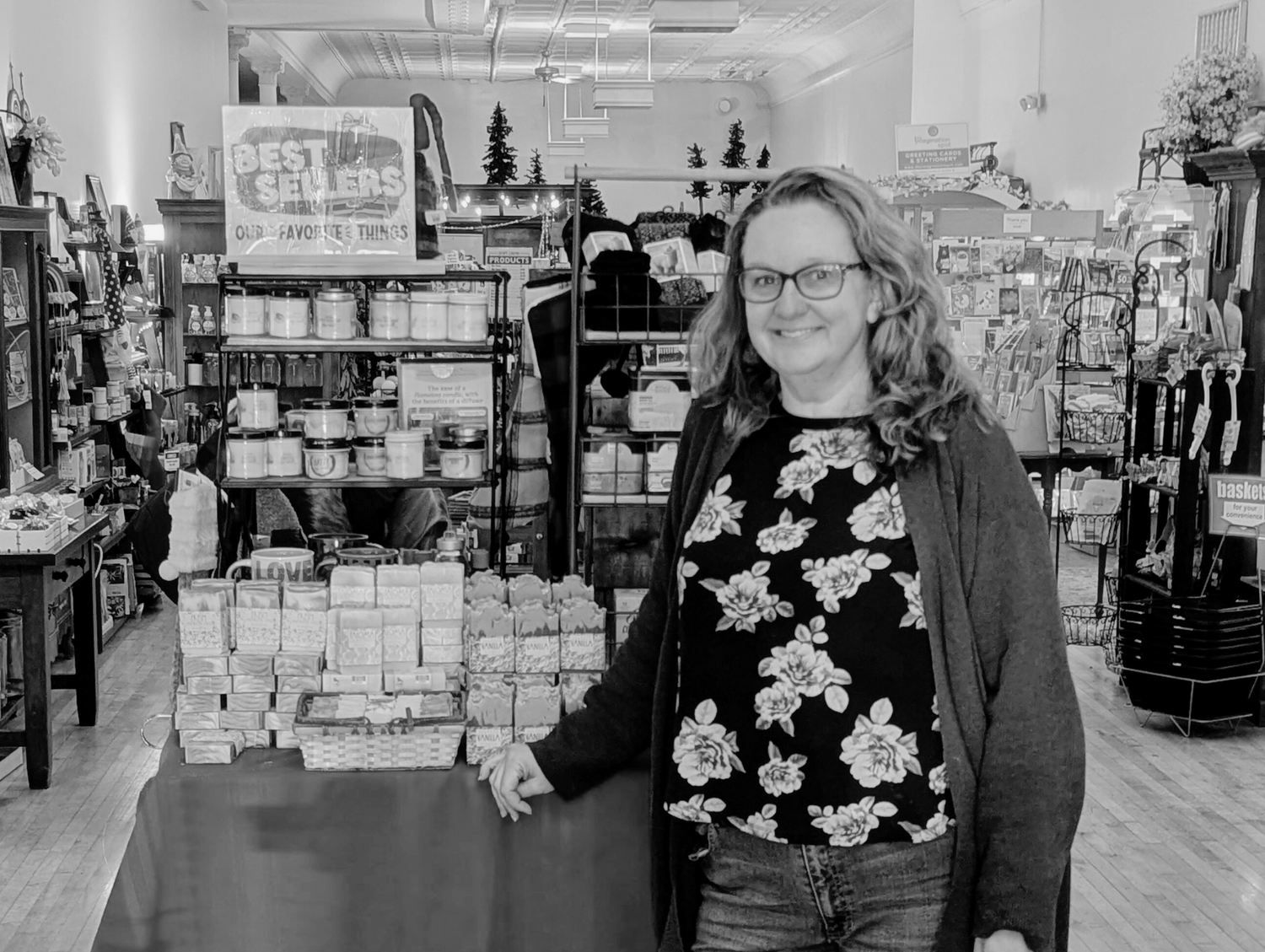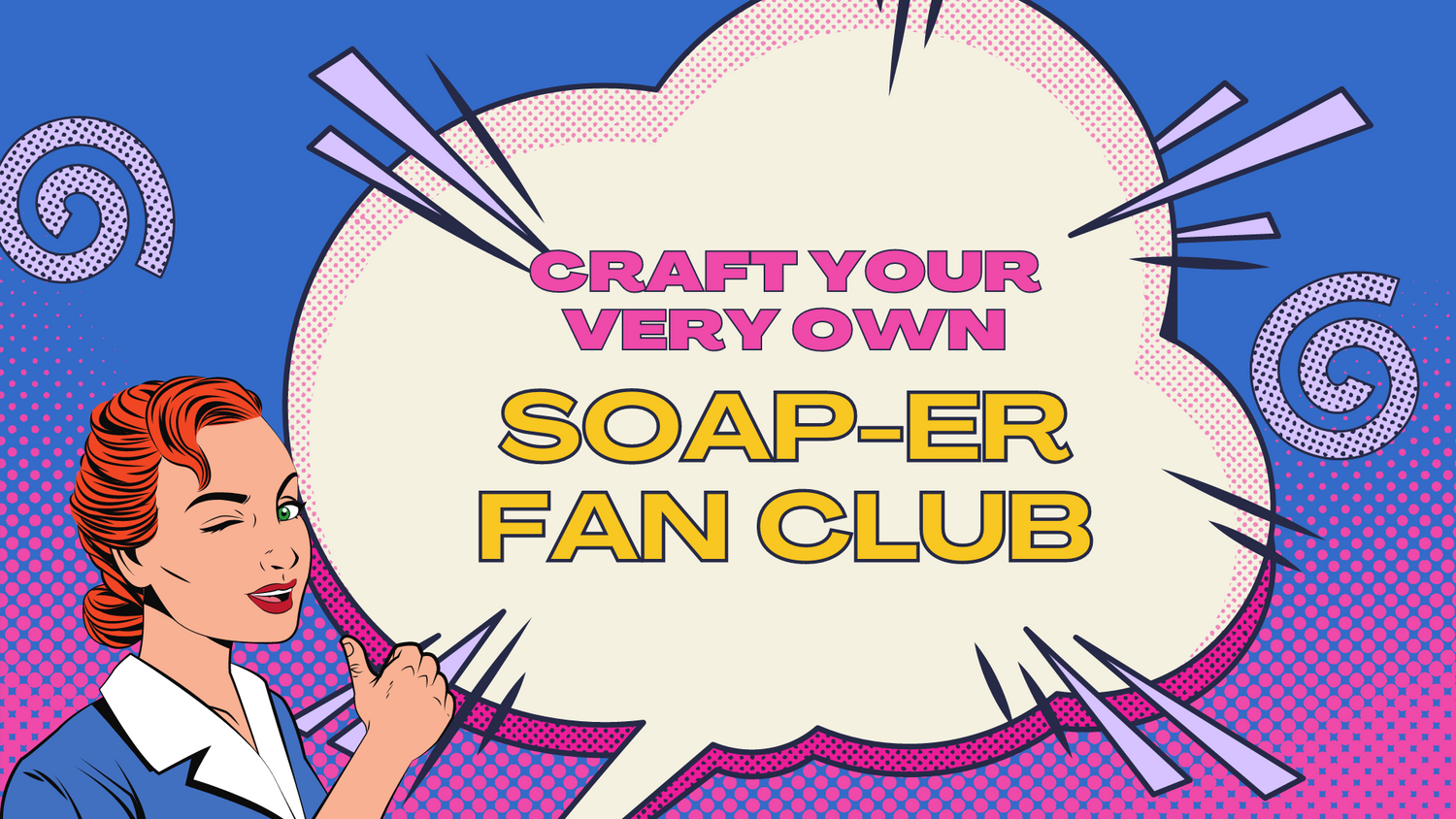Different Ways of Making Soap
Did you know there are actually different ways to make soap? In our workshop we use 2 different methods to make our soap; cold process and hot process. You may not notice the difference when you use the soaps, but you might be able to tell the difference by looking at them. Let me break it down for you!
Cold Process Soap
We make most of our soaps through cold process. This includes all of our bar and shampoo soaps. What does this mean? It means that we melt our hard oils, mix them with our liquid oils, combine them with a lye solution, and then pour the mixture into molds. After pouring the mixture into the molds, that mixture then goes through saponification (the process of fats/oils turning into soap). The saponification process can take anywhere from 12-48 hours to complete. The soap is then cut into bars and placed on drying racks to cure (or complete the process) for 4-6 weeks.
We like to use this method because it gives us the opportunity to get creative with our soaps! We are able to make colorful swirls and other fun designs inside and on top of the soaps. It is also a quicker process, giving us the ability to make more soaps in a day. This process also creates a soap that has a smooth and shiny finish.
Hot Process Soap
The only soap that we make through hot process is our shaving soap. How does this process differ? We still melt our hard oils, mix them with our liquid oils, and combine them with a lye, but then we take that mixture and put it into crock pots. The heat of the crock pot helps the mixture go through saponification faster (1-2 hours rather than 12-48 hours!) creating a soap that can be used immediately. (Even though it can be used immediately, we still let it sit so you receive a harder bar that lasts longer.)
Hot processed soap is a more traditional soap being that this was the method that was first used to make soap. (Imagine big pots of soap over a fire.) After going through saponification, the mixture is thick and lumpy, which gives it a more rustic appearance. Since the mixture is so thick, it gets spooned into the molds rather than being poured.
Can You Tell the Difference?
Next time you are at our store grab a regular bar of soap and shaving soap and see if you can tell the difference. You can also impress your friends and family with your new found knowledge.
Final thought: Whether the soap is created through hot or cold process, the quality of the ingredients is what matters the most!





